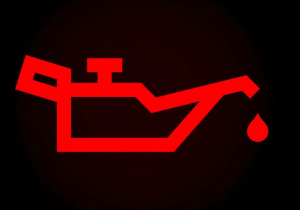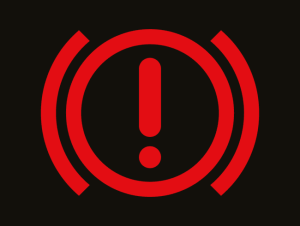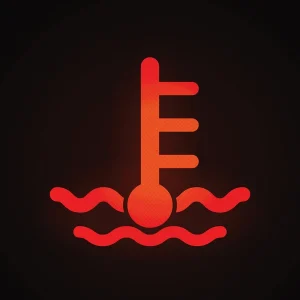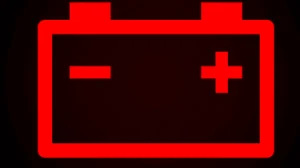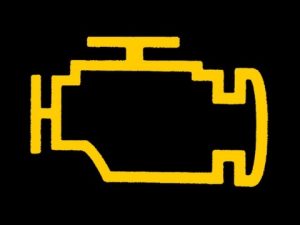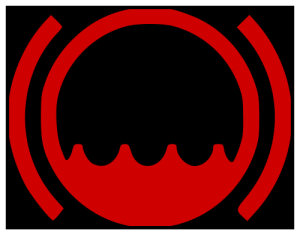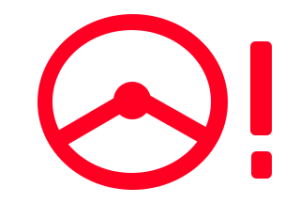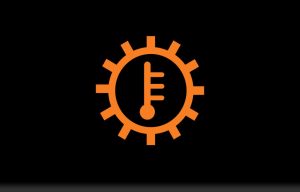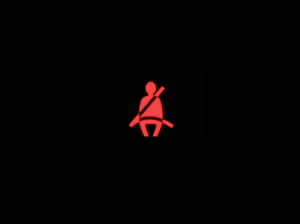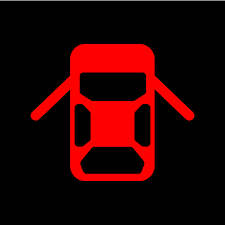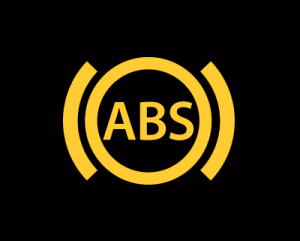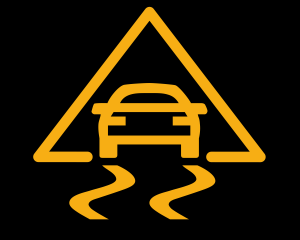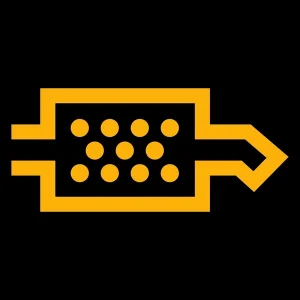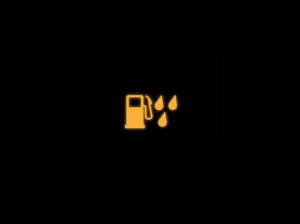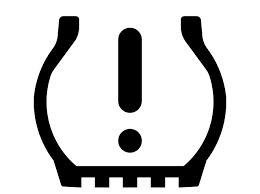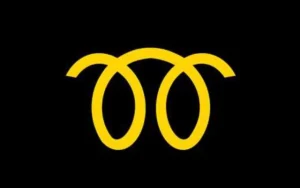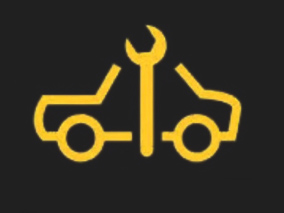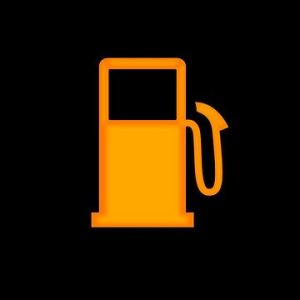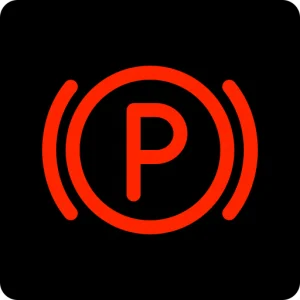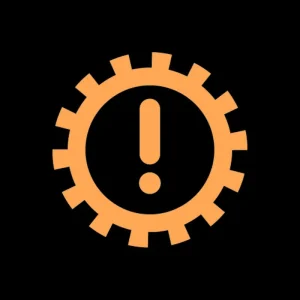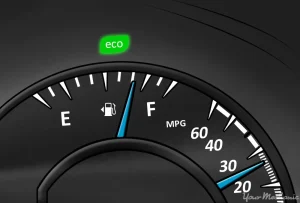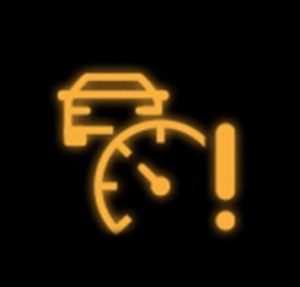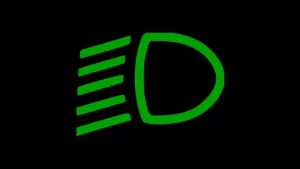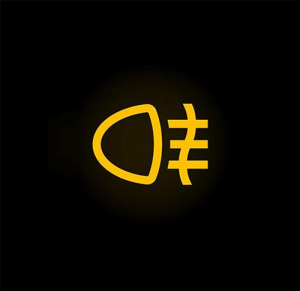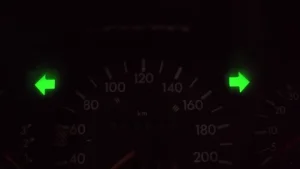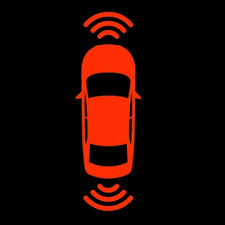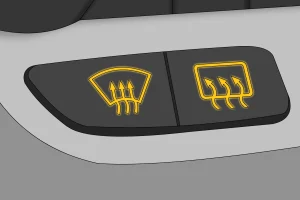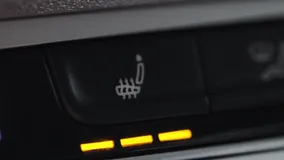Understanding dashboard warning lights in your Mahindra Bolero is essential for maintaining vehicle safety and preventing breakdowns. These lights alert you to potential issues ranging from minor information to critical problems that could lead to accidents or engine damage if ignored. By recognizing them promptly, you can take quick action to ensure safe driving and extend your vehicle’s lifespan.
Quick Navigation
Red Warning Lights (Stop Immediately)
Engine Oil Pressure
This light signals low oil pressure, which could cause engine damage from lack of lubrication. Possible causes include low oil level or a leak. Stop the vehicle right away, check the oil level, and add oil if needed; do not drive until fixed to avoid severe engine harm.
Brake System Alert
It indicates a problem like low brake fluid or a failure in the braking system. This could mean reduced stopping power. Pull over safely, check brake fluid, and call a mechanic immediately; avoid driving as it risks accidents.
High Coolant Temperature
The engine is overheating, often due to low coolant or a radiator issue. Stop the car, let it cool, and check coolant levels. Seek professional help before driving again to prevent engine seizure.
Battery Charge Warning
This shows the battery isn’t charging properly, possibly from a faulty alternator or loose connections. The vehicle may lose power soon. Stop and inspect battery terminals; get it checked by a mechanic urgently.
Check Engine Fault
A serious engine issue is detected, like a major malfunction or sensor failure. It could lead to breakdown. Stop driving, have the vehicle scanned at a service center right away.
Low Brake Fluid
Brake fluid is too low, risking brake failure. Causes include leaks. Park immediately, top up fluid if possible, and visit a mechanic; do not proceed without fixing.
Power Steering Failure
Power steering is not working, making steering hard and unsafe. Often due to fluid loss or pump issue. Stop the vehicle and get it towed to a service center.
Transmission Overheat
The transmission is too hot, possibly from heavy load or low fluid. This can damage gears. Pull over, let it cool, check fluid, and seek repair before continuing.
Airbag System Fault
The airbags may not deploy in a crash due to a system error. Stop and have it inspected; driving without functional airbags increases injury risk.
Seatbelt Reminder (Critical)
If flashing red, it means seatbelts are not fastened during motion, heightening injury risk in accidents. Stop and ensure all passengers buckle up before proceeding.
Door Ajar Warning
A door is not fully closed, which could open while driving. Pull over, check and secure all doors to avoid hazards.
ABS System Failure
Anti-lock brakes are not functioning, leading to wheel lockup in hard stops. Stop and get professional diagnosis; brakes may still work but safety is reduced.
ESP Malfunction
Electronic stability program is faulty, affecting vehicle control on slippery roads. Stop immediately and have it repaired for safe handling.
DPF Overload
Diesel particulate filter is clogged, risking engine damage. Causes include short trips. Stop and drive at higher speeds if safe, or visit a service center.
Water in Fuel
Water has accumulated in the fuel filter, which can harm the engine. Drain the filter immediately and refuel from a reliable source; stop driving until resolved.
Yellow/Amber Warning Lights (Action Required Soon)
Tyre Pressure Monitoring
One or more tires have low pressure, affecting handling and fuel efficiency. Check and inflate tires to recommended levels; if it persists, inspect for punctures.
Glow Plug Indicator
For diesel models, it shows glow plugs are heating cylinders. If it stays on after starting, there’s a fault. Have it serviced soon to ensure proper cold starts.
Service Vehicle Soon
General alert for electrical or lighting issues. Check bulbs and fuses; schedule a service visit to avoid escalation.
Bulb Failure
A light bulb, like headlights or brake lights, is out. Replace the bulb soon to maintain visibility and comply with road rules.
Low Fuel Level
Fuel is running low. Refuel at the next station to avoid stranding.
Parking Brake Engaged
The handbrake is on while driving, which can wear brakes. Release it before continuing, and check for faults if it sticks.
Transmission Fault
There’s an issue with gear shifting. Avoid heavy driving and get it serviced to prevent damage.
Eco Mode Indicator (Fault)
Eco mode isn’t functioning properly. It affects fuel efficiency; have it checked at a service.
Water in Fuel Alert
Minor water in fuel detected. Drain the filter soon to avoid engine problems.
Brake Pad Wear
Pads are worn thin. Replace them soon to maintain stopping power.
Fuel Filter Warning
Filter needs replacement. Change it to ensure clean fuel delivery.
Green Information Lights (Information Only)
Cruise Control Activated
Cruise control is on and maintaining speed. No action needed; it’s for steady highway driving.
High Beam Lights On
Front high beams are active for better night visibility. Switch to low beams when approaching other vehicles.
Low Beam Lights On
Standard driving lights are in use. This is normal for most conditions.
Front Fog Lights Enabled
Fog lights are on for low visibility. Turn off when not needed to save battery.
Rear Fog Lights Enabled
Rear fog lights are active. Use only in heavy fog and switch off otherwise.
Automatic Lights On
Lights turn on/off based on conditions. No action required.
Turn Signal Indicator
Blinkers are on for turning or lane change. It flashes to inform; turns off after maneuver.
Hazard Lights On
Emergency flashers are active. Use for breakdowns; turn off when safe.
Parking Sensors Active
Sensors are detecting nearby objects while parking. Listen for beeps; no further action.
Heated Windscreen On
Windscreen is defrosting. It will auto-off; use to clear ice or fog.
Rear Window Defrost
Rear window is clearing mist. Turn off once clear to save power.
Child Safety Lock Engaged
Locks prevent children from opening doors. It’s active for safety.
Heated Seats On
Seats are warming up. Adjust levels as needed; it’s for comfort.

